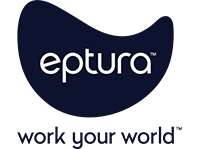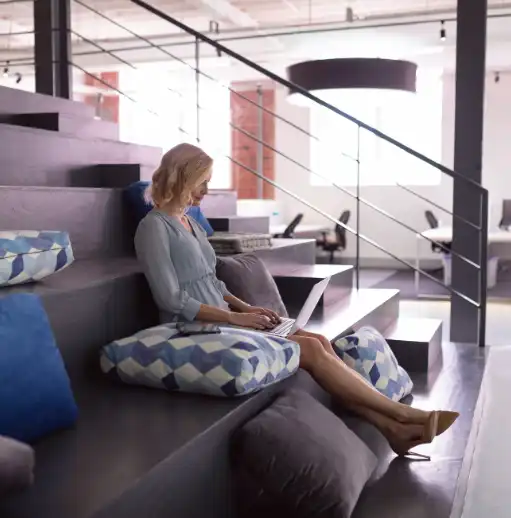In episode 349, host Mike Petrusky speaks with Amanda Schneider, LEED AP, MBA, founder and president of ThinkLab, and host of the “Design Nerds Anonymous” podcast. They talk about the evolving role of the workplace, the importance of process innovation over product innovation, and the impact of generational changes in the world of work today. They then explore the integration of human resources, workplace design, and technology, and the need for professionals to connect space to strategy, people to purpose, and data to decisions. Schneider believes the built environment is no longer just a backdrop to work, but now “the workplace experience,” and is excited about the possibilities for workplace leaders as research reveals that Gen Z thinks digital first and analog second, impacting how they build relationships and engage with the workplace.
Agenda
- Integration of HR, IT, and workplace design
- Impact of generational shifts, particularly Gen Z.
- Importance of digital-first thinking in the workplace
What you need to know: Workplace takeaways
Takeaway 1: The future of work will be driven by new ways of doing things, not just new things, and it requires a focus on human interaction and digital connection
In the built environment, process drives innovation, not new products.
“Uber didn’t build a better taxicab, they built a better experience to get from A to B. Airbnb didn’t build a better hotel, they built a better way to connect and stay when you’re away from home,” Schneider explains.
What does this mean for the built environment?
Paraphrasing a workplace leader from a large tech company, she says: “The key to the future of work will lie in the entanglement of human resources, workplace design, and technology.”
Schneider also shares an interesting insight from her podcast, “Design Nerds Anonymous,” where she interviewed Phil Kirschner, former workplace consultant at WeWork, and Matthew Marzynski, who works at Microsoft. The office of the future won’t be just for meetings.
“That’s like saying that we get in the car to drive. Nobody goes to the office to meet; it’s the vehicle we are using to get from A to B,” she says.
Takeaway 2: Understanding and leveraging generational differences, particularly the “boomerang effect” of Gen Z, is important for creating effective workplace experiences
Schneider shares what she found researching Gen Z and how it challenges common assumptions.
“We expected the data to kind of be picture a bar chart in your mind, whereas we looked at the data across generations, things like going into a physical office, we expected it to be really clear across generations,” she explains. However, the research revealed a “boomerang effect,” where Gen Z aligns more closely with Baby Boomers in terms of wanting to be physically present in the office. “These core groups of people are often communicating in different ways. They have different norms,” Schneider notes.
To effectively engage Gen Z, organizations need to build relationships digitally first, which will then encourage physical presence in the office.
Takeaway 3: Data and storytelling are essential for connecting space to strategy, people to purpose, and driving better workplace decisions
The built environment is no longer just a backdrop to work. It is the workplace experience,” Schneider explains. This means that professionals who can connect space to strategy, people to purpose, and data to decisions will lead in the future.
“The more you can really find data to measure the things that matter, really measure what’s working, what’s not working, and I think most importantly, storytelling with that data, I think the better impact you’re going to be able to make,” Schneider says.
She shares a quote from Chip Heath: “In life, we can work so hard to get the kinks out, that we forget to put the peaks in,” to underscore the need to balance problem-solving with creating peak moments of human connection and innovation.
Workplace management insights
- The built environment is evolving from just the backdrop to a critical part of the workplace experience.
- Future leaders in the industry will be those who can connect space to strategy, people to purpose, and data to decisions.
- Disruptions in the industry will come more from process innovation rather than product innovation, similar to how Uber and Airbnb revolutionized their industries.
- The future of work will require the integration of human resources, IT, and workplace design functions.
- Gen Z exhibits a “boomerang effect” in their preferences, aligning more closely with Baby Boomers than Millennials when it comes to being in a physical office.
- Younger generations think digital first, analog second, which impacts how they build relationships and connect with their work environment.
- The ability to measure, contextualize, and tell stories with data will be crucial for facility managers and workplace leaders.
Watch Amanda’s TEDx talk on TED.com and do a deep dive into more workplace insights by exploring all Workplace Innovator podcast episodes.





